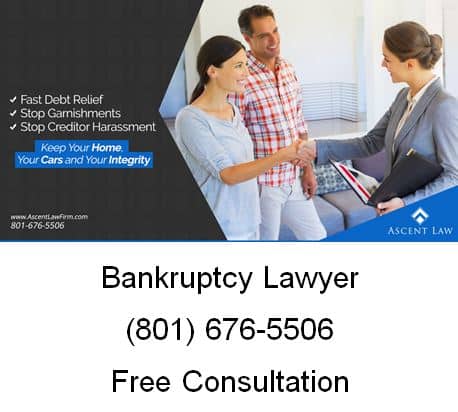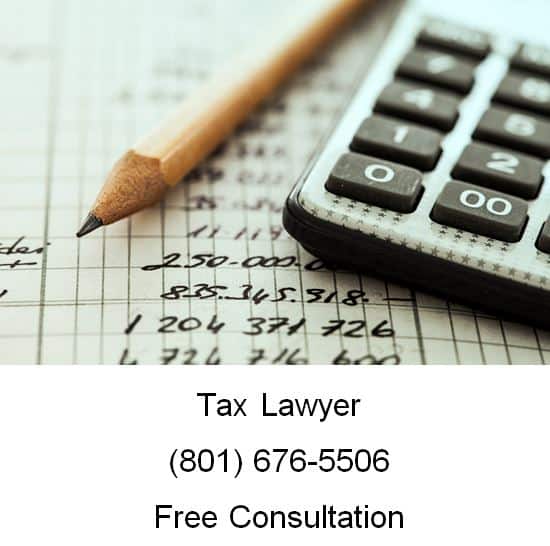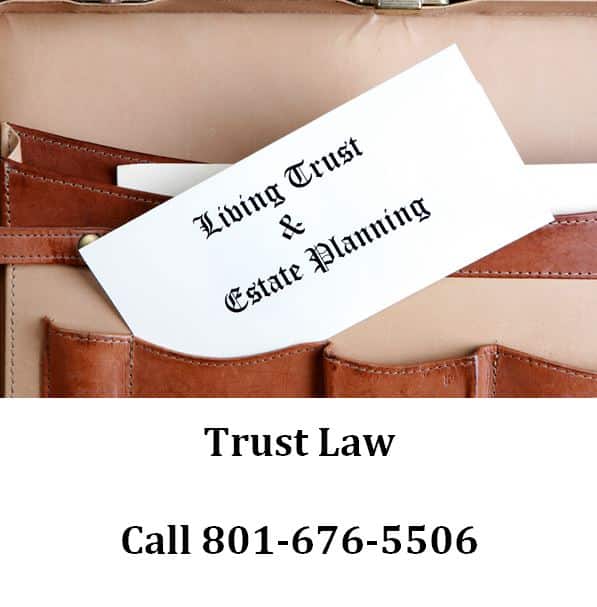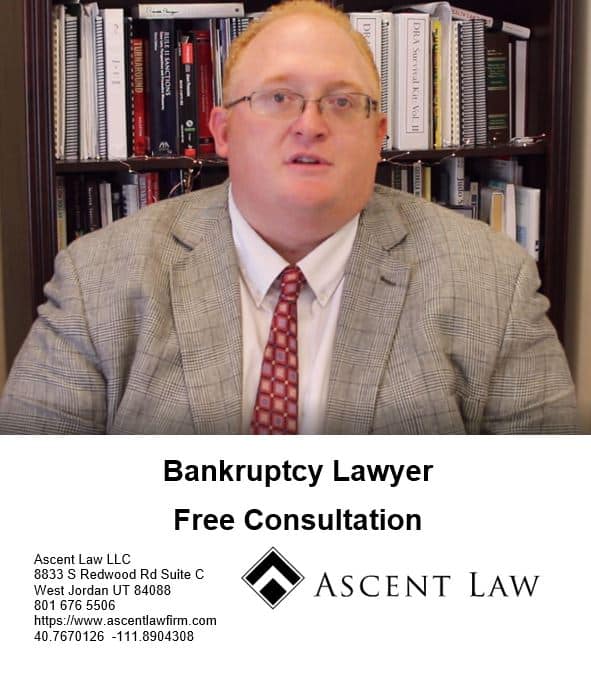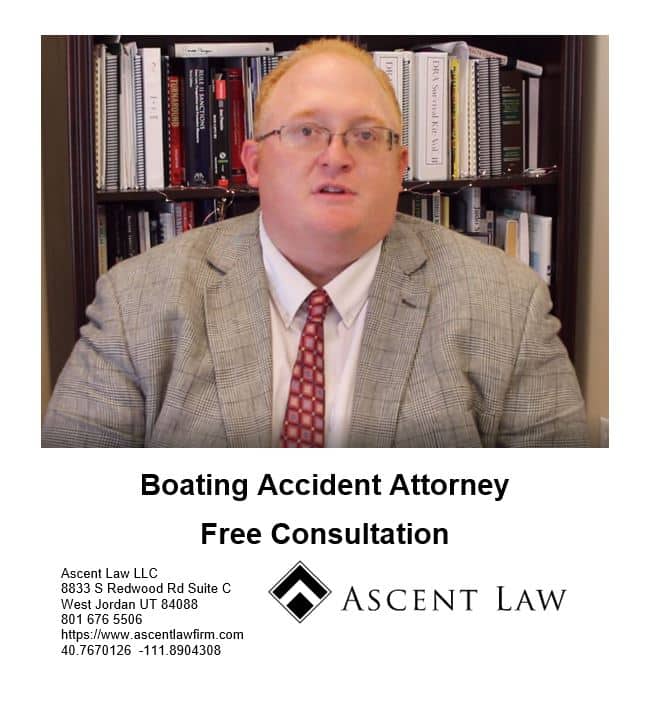Creditor claims is defined as written claim filed in federal bankruptcy court by a person or entity owed money by a debtor who has filed for bankruptcy. A written claim filed in probate court by a person or entity owed money by a person who has died. State law sets a deadline, usually a few months, for filing a claim in probate court. If the executor or administrator in charge of the probate denies the claim, the creditor can request a court hearing. A creditor with a secured claim in bankruptcy has two things: a debt that you owe and a lien (also called a security interest) on a piece of property you own. If you don’t pay according to the terms of your contract, the lien allows the lender to recover the property, sell it at auction, and apply the proceeds to the account balance. For instance, a mortgage lender with a lien can recover real estate in a foreclosure action, and a vehicle loan lender with a lien can recover a car through repossession.
Secured claims are often voluntary. For instance, if you agree to pledge an asset as collateral for the loan (a common practice when buying a house or car), you voluntarily give the creditor a security interest in your property. Creditors can also obtain an involuntary lien against your property without your consent. For instance, a credit card company can get an involuntary lien after suing you in a collection lawsuit and winning a money judgement. When you fall behind on your taxes, statutory law gives the IRS the right to a tax lien against your property. Filing for bankruptcy involves disclosing your debts, or “creditor claims,” on official bankruptcy paperwork. But as easy as that might sound, classifying claims can get a bit tricky. First, you’ll list the debt as either a secured or unsecured claim. Then, you’ll divide the unsecured claims into priority and non-priority unsecured claims.
Listing Creditor Claims in Your Bankruptcy Paperwork
A bankruptcy case gets started after you complete and file official bankruptcy forms. The cover document, called the petition, is where you’ll disclose identifying information, such as your name, address, and the bankruptcy chapter you’re filing. You’ll provide details about your income, creditor claims (debts), and assets on forms called schedules.
Creditor claims will appear on one of two schedules:
• Schedule D: Creditors Who Hold Claims Secured By Property. Here you’ll include secured claims, such as a mortgage, car payment, or another collateralized obligation.
• Schedule E/F: Creditors Who Have Unsecured Claims. You’ll list unsecured claims on this form. Priority unsecured claims, such as unpaid taxes and child support, belong in Part 1. You’ll list your non-priority unsecured claims (all remaining debts) in Part 2.
Common examples of secured bankruptcy claims include:
• Mortgages
• car loans
• unpaid real estate taxes, and
• other property liens.
You’ll list all secured claims on Schedule D: Creditors Who Hold Claims Secured By Property.
A creditor with a secured claim is in a good position. A bankruptcy discharge (the order that wipes out debt) won’t get rid of a lien on your property. It only eliminates your liability to pay the debt. Since the lien remains, the creditor can still foreclose or repossess the property if the loan doesn’t get paid. So if you file for bankruptcy and want to keep property securing a loan, you’ll have to continue making payments to the lender until you pay off the debt. However, if there is significant equity in a house or car, a Chapter 7 trustee will likely sell it. But, because of the lien, the trustee must get enough to pay off the loan, return any exemption amount to you (the amount of equity you’re allowed to protect), and use the remaining funds to pay off creditors. If there isn’t enough equity to pay something meaningful to creditors, the trustee won’t sell the property. If a property you’d like to keep has significant equity, a Chapter 13 case will likely be a better option. But you’ll have to have enough income to pay a hefty monthly payment for three- to five-years (you must pay the value of the nonexempt equity in the plan).
Eliminating Liens in Bankruptcy
You can eliminate certain types of property liens in bankruptcy. For instance, you might be able to ask the court to:
• get rid of a judgment lien that impairs your bankruptcy exemptions, or
• wipe out a wholly unsecured junior lien from your property in Chapter 13 bankruptcy.
Unsecured Claims
A creditor with an unsecured claim doesn’t have a lien. There are two types of unsecured claims:
• Priority unsecured claims: These debts aren’t dischargeable in bankruptcy and, if money is available, the claim will get paid before non-priority unsecured claims.
• Non-priority unsecured claims. Most of these obligations are dischargeable in bankruptcy (except student loans). All priority debts must be satisfied before these debts can be paid with bankruptcy funds.
Non-priority Unsecured Claims
The bankruptcy discharge will eliminate most types of non-priority, unsecured claims, but not all. Some of the most common non-priority unsecured claims you can discharge in bankruptcy include:
• credit card debt
• medical bills, and
• personal loans.
Although student loans are unsecured debts, you can’t discharge them unless you can prove that it would be an undue hardship to pay them (which is a difficult standard to prove).
Priority Unsecured Claims
Priority unsecured debts aren’t dischargeable and receive special treatment. Priority creditors get paid before other creditors in bankruptcy.
The following are some of the most common types of priority claims:
• alimony
• child support
• certain tax obligations, and
• debts for personal injury or death caused by drunk driving.
Because you can’t wipe out priority debts in Chapter 7 bankruptcy, you’ll be responsible for paying any balance that remains after your Chapter 7 case (the bankruptcy trustee might sell some of your property and apply the funds to the debt). If you file for Chapter 13 bankruptcy, you’ll have to pay off priority unsecured debts in full through your three- to five-year repayment plan. The bankruptcy code generally exempts certain retirement funds from creditors. It makes sense when you consider why retirement accounts are protected. The government encourages retirement savings by allowing taxpayers to make qualified contributions to retirement accounts on a tax-deferred basis. The tax code is written to ensure that retirement accounts are not used as ordinary savings by penalizing withdrawals from the account until the account owner reaches age 59½. For this reason, the funds held in the account are not accessible and are protected from creditors.
Retirement Accounts
The Bankruptcy Abuse Prevention and Consumer Protection Act (BAPCPA) of 2005 offer protection for contributions to and earnings in IRAs, including Roth IRAs, up to $1,000,000. The dollar limit is adjusted every three years and currently is $1,283,025. This applies to all such accounts (not applied per account) and is scheduled to be adjusted again on April 1, 2019. Company retirement plans that are subject to the Employee Retirement Income Security Act of 1974 (ERISA) are excluded from bankruptcy. The Supreme Court ruled1 that ERISA plans are excluded from an individual’s bankruptcy estate as provided under the Federal Bankruptcy Code2. This protection is provided for an unlimited amount of assets held in plans such as 401(k) and 403(b) company sponsored plans. SEP IRAs and SIMPLE IRAs are not subject to ERISA.
However, BAPCPA states these plans are excluded from bankruptcy for unlimited amounts and are not part of the aggregate total which applies to traditional IRAs and Roth IRAs. Rollover IRAs are also exempt from the cap. Since the funds from rollover IRAs originate from ERISA-qualified accounts, such as a 401(k) or employer pension, a rollover IRA is fully protected from creditors in bankruptcy.
No Federal Protection for Inherited IRAs
The courts have set a precedent of protecting assets from bankruptcy for individuals actively saving for retirement. Retirement assets received by other means have not received the same treatment. Federal bankruptcy law does not protect inherited IRAs. The U.S. Supreme Court ruled that an inherited IRA did not fit the meaning of “retirement funds” protected by bankruptcy:
• Beneficiaries of an IRA are not permitted to make contributions to the account, they may only take withdrawals.
• Beneficiaries must begin to take distributions regardless of their age (even though they may be years away from retirement).
• Withdraw the entire balance within 5 years of the original account holder’s death, or
• Take minimum distributions (based on life expectancy) until the fund is depleted.
• Beneficiaries can withdraw some or all of it at any time without a penalty.
It is assumed that the reasoning of the decision also applies to inherited Roth IRAs also note that if the beneficiary is a spouse, he or she may secure federal protection. If the spouse rolls over the account to his or her own IRA (or Roth IRA), the funds likely will be treated the same as if the spouse had funded the account. While there have been no cases or rulings on whether this gives the same protection to a spouse as an owner enjoys, there is a good argument for it.
IRA Asset Protection Planning
Notably, the different federal and state creditor protection given to 401(k) qualified plans and IRA, including Self-Directed IRAs, inside or outside the bankruptcy context presents a number of important asset protection planning opportunities.
For example, if you leave an employer who provides a qualified plan, rolling over assets from a qualified plan, like a 401(k), into an IRA may have asset protection implications. For example, if you live in or are moving to a state where IRAs have no creditor protection or have an excess of $1 million dollars in plan assets and are contemplating bankruptcy, you would likely be better off leaving the assets in the company qualified plan.
That is to say, if you plan to leave at least some of your IRA to your family, other than your spouse, your beneficiaries’ creditors may not be able to protect your assets. Of course, this depends on where the beneficiaries live. IRA assets left to a spouse are likely to receive creditor protection if you re-title the IRA in the name of the spouse. However, you will likely be able to protect your IRA assets that you plan on leaving to your family, other than your spouse, by leaving an IRA to a trust. Consequently, you must name the trust on the IRA custodian Designation of Beneficiary Form on file.
The IRA Asset & Creditor Protection Solution
In summary, by having and maintaining an IRA, you will have $1 million of asset protection from creditors in a bankruptcy setting. However, the determination of whether your IRA will be protected from creditors outside of bankruptcy will largely depend on state law. As illustrated above, most states will afford IRAs full protection from creditors outside of the bankruptcy context. So, IRA Asset Protection is a crucial part of your retirement planning. Most people don’t even consider what might happen to their retirement accounts in the event of an early demise, because most of us plan retirement with the idea that we’ll be around to enjoy it. But, like many aspects of estate planning, we must plan for the worst and hope for the best. Your retirement accounts can end up in probate if the proper steps are not taken prior to death.
• Naming the estate as the beneficiary – If for some reason a person wanted the funds from their retirement account to pass through probate then they could simply elect to have their estate be the beneficiary of the retirement accounts. This may be the case if the person wants the funds to pay off debt during the probate process. Usually, this is unlikely.
• Naming the spouse as the primary beneficiary – This is very common and usually the default method when naming a beneficiary. Upon death, the decedent’s retirement accounts would pass directly to the spouse, outside of probate.
• Designating alternate beneficiaries – Another important aspect of estate planning in regards to retirement accounts is being sure to have at least one or more alternate beneficiaries. In the event that the primary beneficiary, let’s say the spouse, for example, does not survive the death of the retirement asset owner, like if a husband and wife died in a car accident, then the retirement account and it’s funds would pass to the alternate beneficiaries. This is why it’s very important to update beneficiaries if there are any pertinent changes to the alternate beneficiaries that would affect the transfer of the retirement account.
Free Initial Consultation with Lawyer
It’s not a matter of if, it’s a matter of when. Legal problems come to everyone. Whether it’s your son who gets in a car wreck, your uncle who loses his job and needs to file for bankruptcy, your sister’s brother who’s getting divorced, or a grandparent that passes away without a will -all of us have legal issues and questions that arise. So when you have a law question, call Ascent Law for your free consultation (801) 676-5506. We want to help you!
8833 S. Redwood Road, Suite C
West Jordan, Utah
84088 United States
Telephone: (801) 676-5506
Recent Posts
How Long Does It Take To Rebuild Credit After Chapter 7?
Divorce Lawyer and Family Law Attorneys
Ascent Law St. George Utah Office
Ascent Law Ogden Utah Office
The post Creditor Claims Against Retirement Assets appeared first on Ascent Law.
source https://ascentlawfirm.com/creditor-claims-against-retirement-assets/
